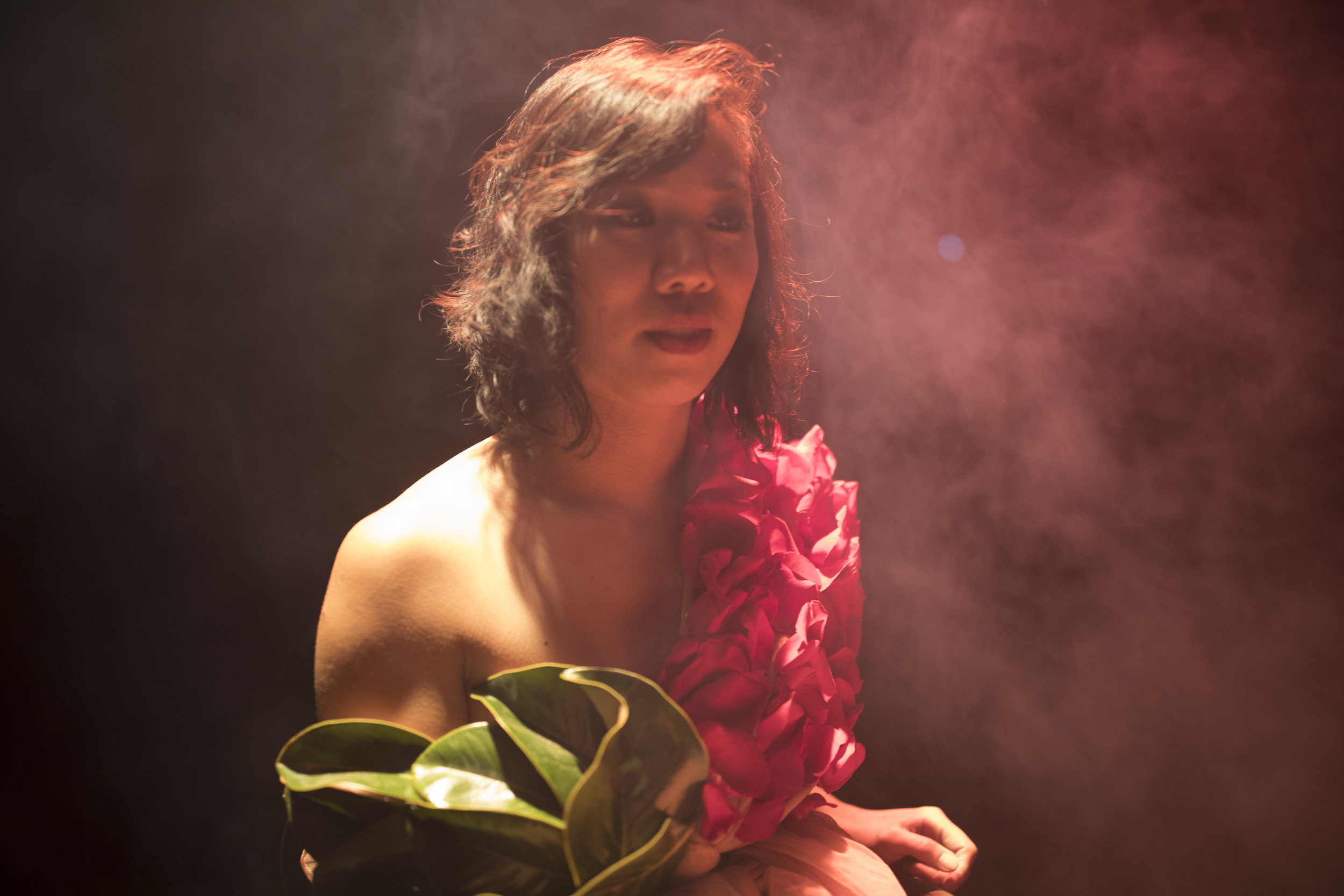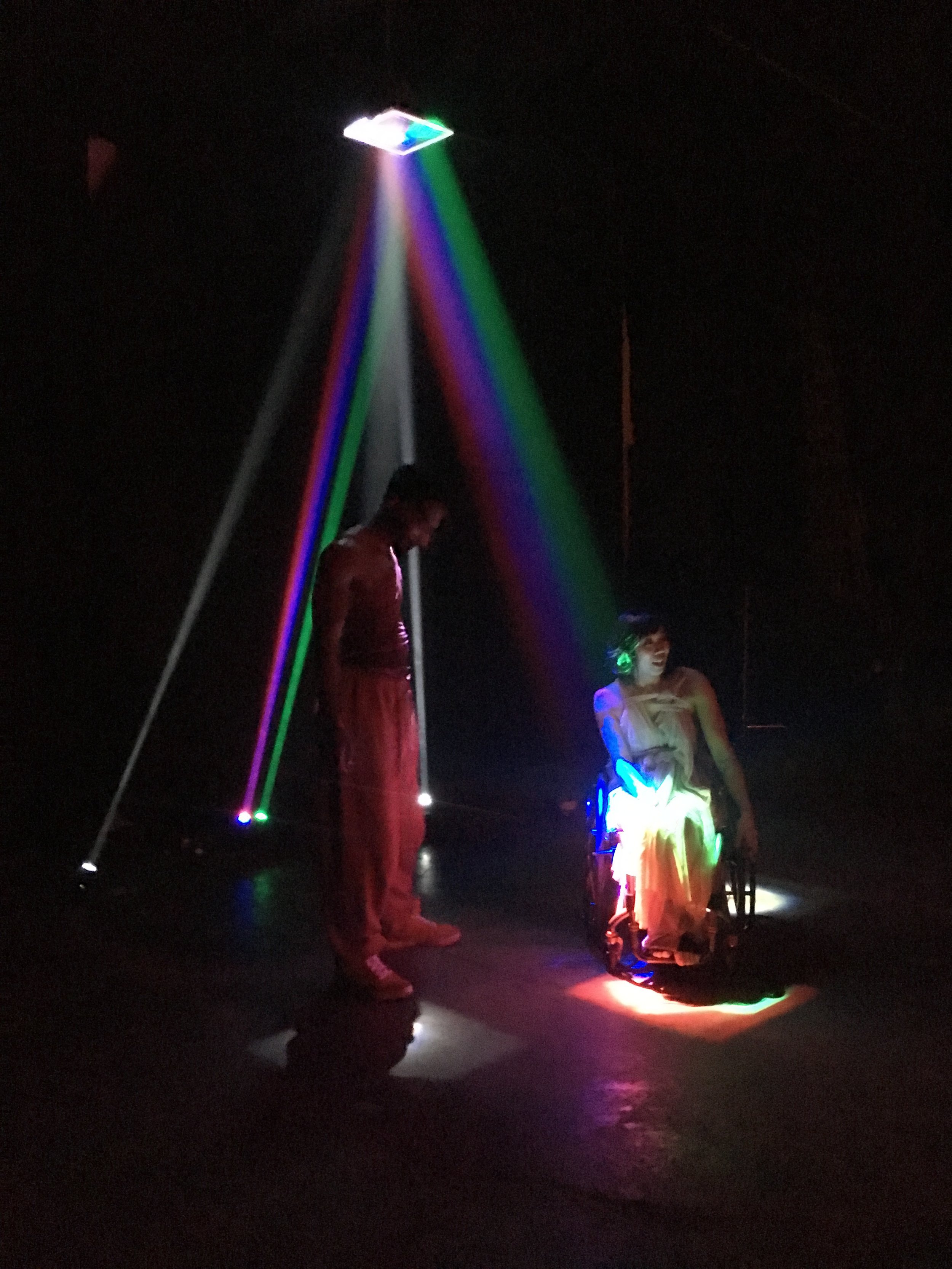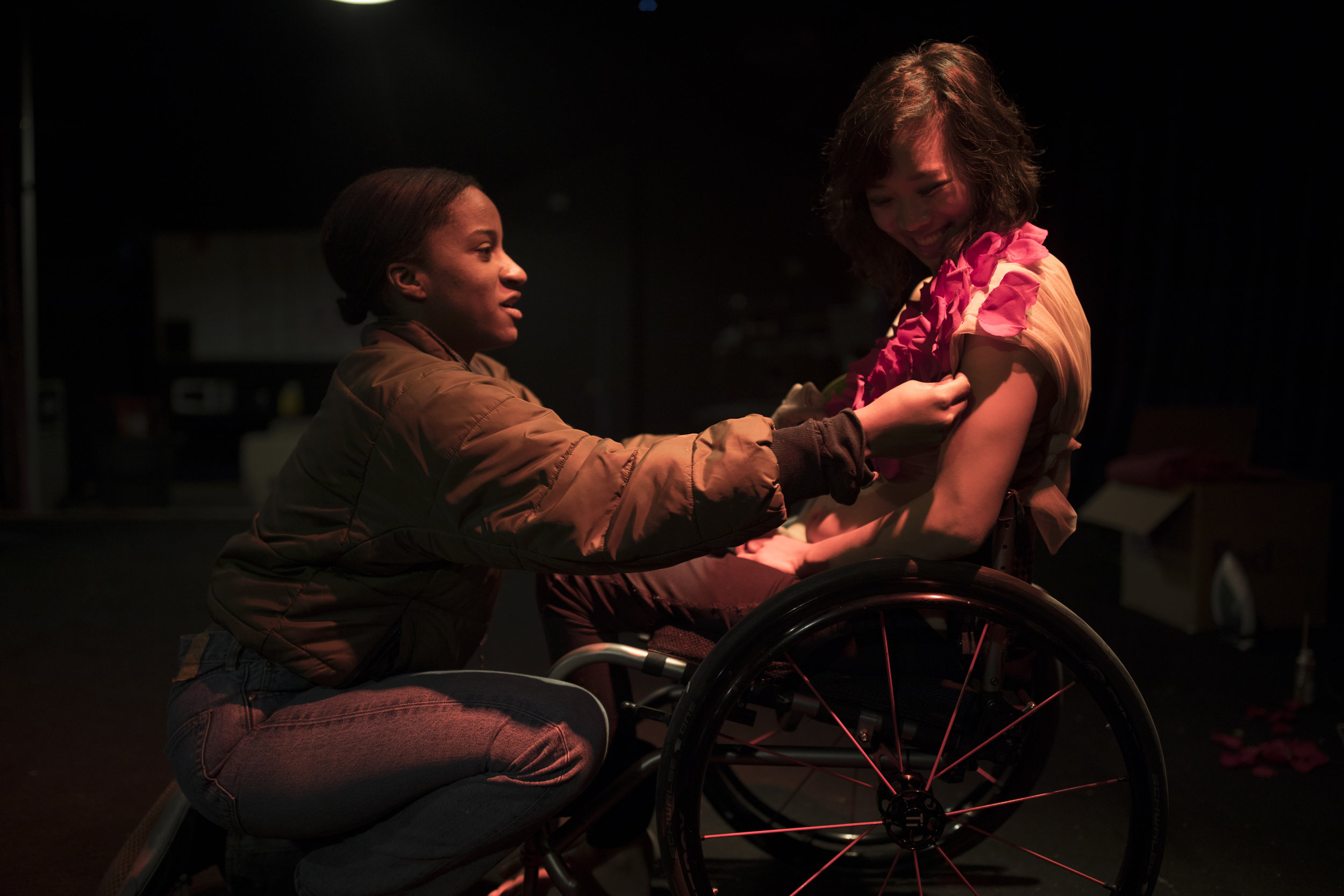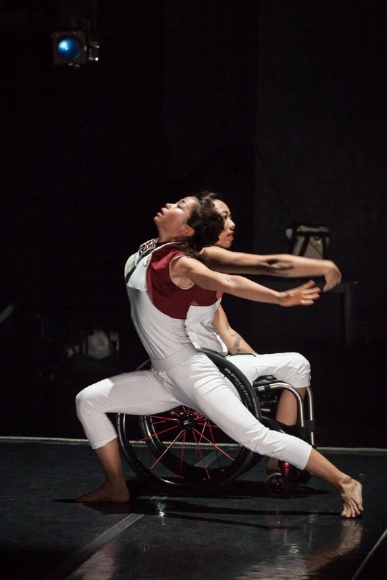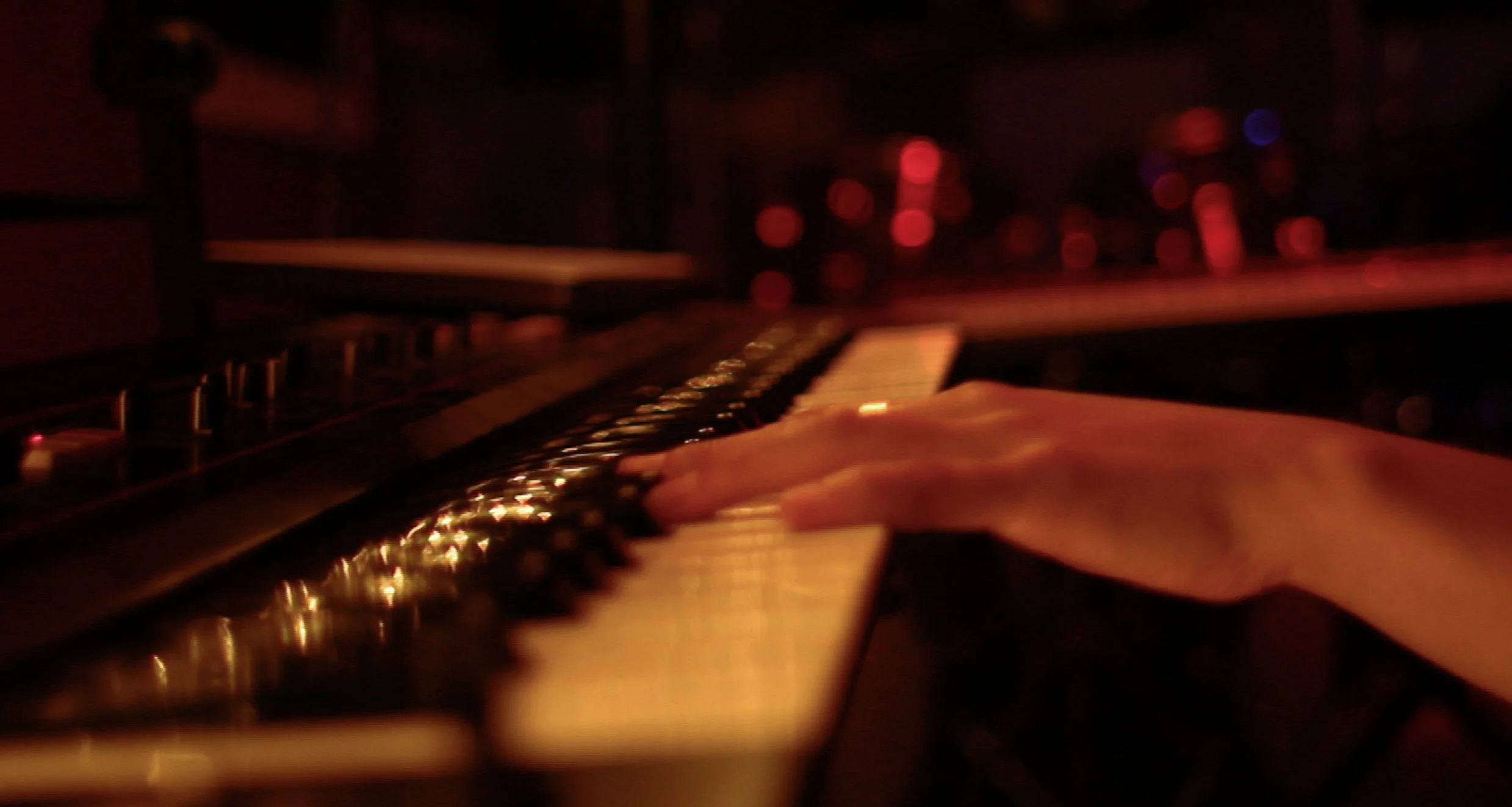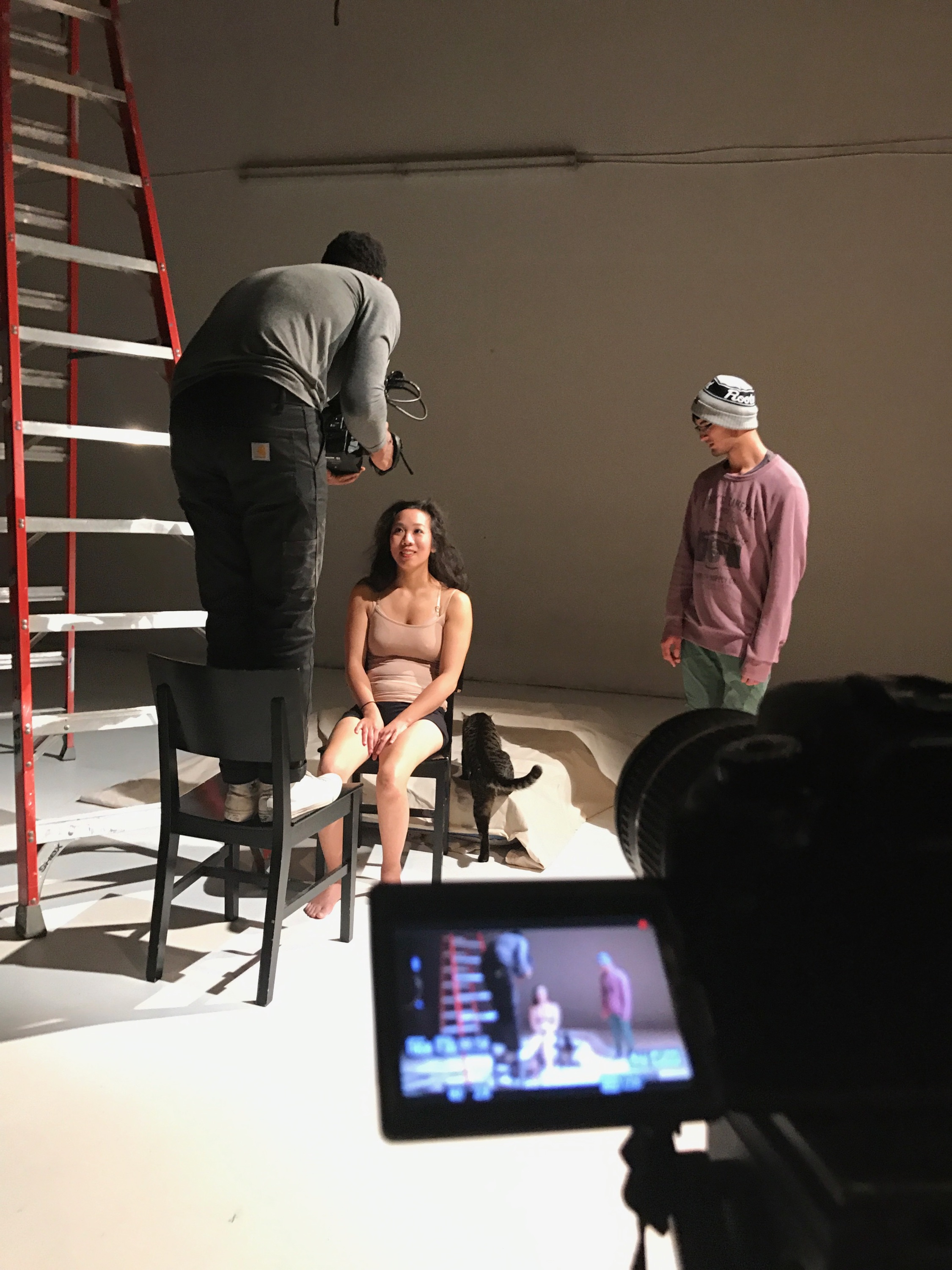In March 2019 I was awarded the Disability. Dance. Artistry. Residency through Dance/NYC, which funded the making of a piece of dance work. I saw this opportunity as a crossroads of everything I represented: a dancer and a musician with a disability. This naturally led to me create what I’ve been calling a ‘power chair ballet’, which is a dance film set to an original piece of music I wrote while living in Uruguay. To make this film I worked with a cast of five dancers who use power wheelchairs (two of whom founded AXIS Dance Company, the company that introduced me to the world of integrated dance). Over the course of six months these dancers, a cellist, an upright bassist, a drone pilot, a videographer, two photographers, a makeup artist, and a production assistant, and I created “we sleep no more”, a haunting dance film that I believe celebrates the aging and disabled body. Never having had worked exclusively with dancers in power wheelchairs, I found myself both humbled and challenged in creating movements that were accessible to people of different physical abilities my own.
One of the coolest parts of this piece that most audience members will never know is that it was shot in the Ed Roberts Campus in Berkeley, CA, a building that houses many disability-related organizations and named after one of the leaders of the Independent Living Movement. If you ever have a chance to read about Ed Roberts’ history, it’s a fascinating story.
However, besides being an aesthetically beautiful film set to cinematic music, I want this piece to challenge viewers to question “Who is allowed to dance? Or appear on screen? Or entertain us?” Too often there is an exclusive elimination process when we consider what types of people are allowed to occupy and audience’s gaze. As content makers we should always be calling these habits into question, principally by proving that incredible artists exist in unexpected shapes and sizes.
My main collaborator William Tyner behind the camera with the dancers.







